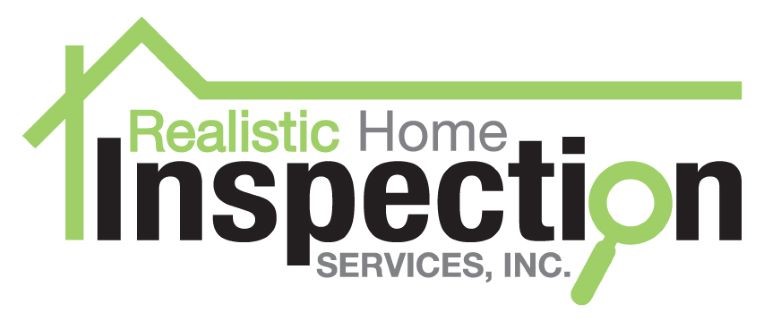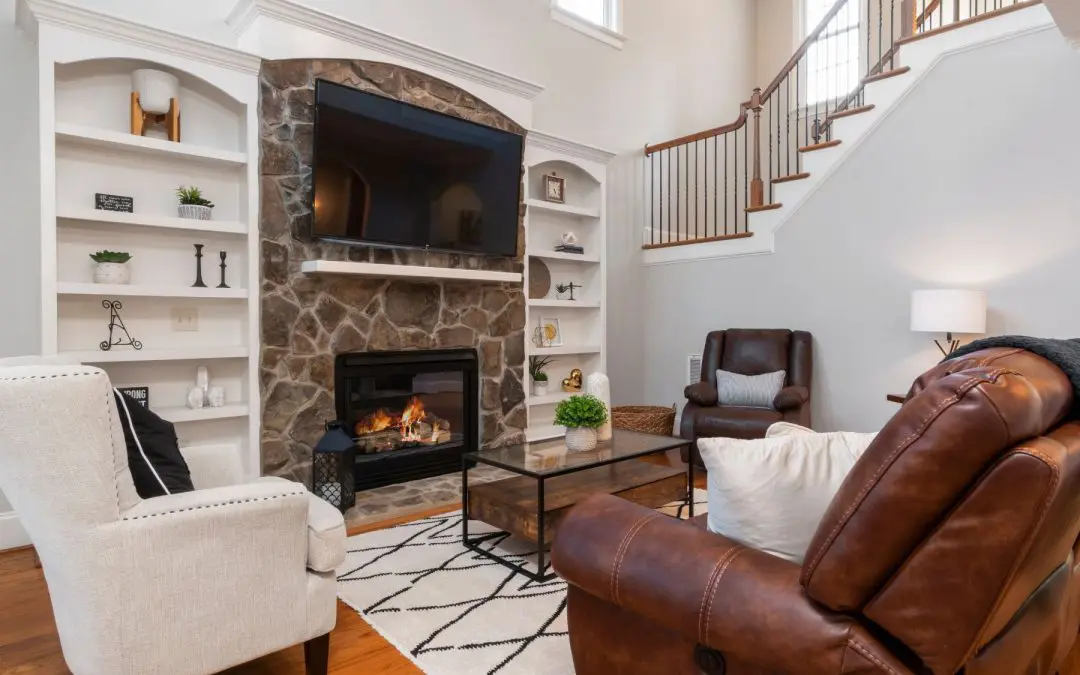Your fireplace is more than just a source of warmth; it’s the heart of your home. Keeping your fireplace in top working order extends its lifespan and protects your home and loved ones from potential hazards. By understanding the fundamentals of fireplace safety and maintenance, you can ensure that your cozy evenings are also safe.
Fireplace Safety: Annual Chimney Inspections and Sweeping
The most critical step to ensure fireplace safety is to have your chimney professionally inspected and cleaned at least once a year. This isn’t just a suggestion; it’s a necessary precaution. Over time, wood-burning fireplaces accumulate a substance called creosote, a highly flammable byproduct of combustion. Creosote can ignite if left to build up, leading to a dangerous chimney fire.
A professional chimney sweep has the tools and expertise to remove this buildup effectively and identify any potential structural issues, such as cracks in the flue liner or blockages from bird nests or debris. These inspections can uncover hidden problems before they escalate into major dangers, providing peace of mind and a safer home.
Proper Firewood Selection and Storage
What you burn in your fireplace is just as important as how you maintain it. Always use seasoned, dry firewood. Seasoned wood has been left to dry for at least six months to a year, and it burns more efficiently and cleanly than green or unseasoned wood. Green wood contains a high moisture content, producing more smoke and less heat, and contributes to a more rapid creosote buildup in your chimney.
You can identify seasoned wood by its dark, cracked appearance and a hollow sound when two pieces are knocked together. When storing firewood, keep it stacked at least five feet away from your home and elevated off the ground to prevent moisture absorption and insect infestation. Proper storage ensures your wood remains in optimal condition for a clean burn.
Maintaining a Safe Hearth Area
The area around your fireplace, known as the hearth, requires its own set of safety measures. Spark screens or glass fireplace doors are essential to prevent errant sparks and embers from escaping and igniting nearby carpets, rugs, or furniture. While enjoying the fire, keep all flammable materials, including drapes, upholstered furniture, and decorations, at a safe distance—at least three feet away. This clear zone acts as a buffer against potential fire hazards.
Always have a fire extinguisher rated for wood fires (Class A) easily accessible and know how to use it. A simple mishap can be contained quickly with the right tools on hand. Never leave a fire unattended, even briefly, and ensure it is completely extinguished before you go to bed or leave the house.
Understanding and Managing Smoke and Ventilation
Smoke is not just an irritant; it’s a sign that your fireplace may not be venting properly. A well-functioning fireplace should draw smoke up the chimney, not into the room. If you notice smoke coming back into your home, it could be due to a closed damper, a blocked flue, or a downdraft caused by negative air pressure in your house.
Before lighting a fire, always ensure the damper is fully open. If you still have issues, it might indicate a more significant problem that requires professional attention. Proper ventilation is also key. Open a window slightly on the same floor to allow for a fresh air supply, which helps the chimney draw smoke more effectively.
FAQs on Fireplace Safety
How often should I have my chimney swept?
The National Fire Protection Association (NFPA) recommends inspecting your chimney annually. If you use your fireplace frequently, you may need to have it swept more often.
What is creosote, and why is it so dangerous?
Creosote is a highly flammable, tar-like substance that is a byproduct of burning wood. When it builds up in your chimney flue, it can ignite and cause a chimney fire.
Is it safe to use a fireplace log that cleans the chimney?
These products are not a substitute for a professional chimney sweep. While they can help break down some creosote, they do not remove it entirely and should only be used as a supplement to a professional cleaning, not a replacement.
Can I burn anything besides wood in my fireplace?
No. Only burn seasoned firewood. Never burn treated wood, cardboard, plastic, or household trash, as these can release toxic fumes and damage your chimney.
What should I do if I have a chimney fire?
If you suspect a chimney fire (roaring noise, intense heat, smoke), call 911 immediately. In the meantime, close the damper and use a fire extinguisher on the fireplace to contain the flames. Then, get everyone out of the house.
Realistic Home Inspection Services offers inspections in the greater Milwaukee area. Contact us to schedule an appointment for our services.

